The Big Bang Hypothesis - which states the universe has been expanding since it began 14 billion years ago in a hot and dense state - is contradicted by the new James Webb Space Telescope images, writes Eric Lerner.
To everyone who sees them, the new James Webb Space Telescope (JWST) images of the cosmos are beautifully awe-inspiring. But to most professional astronomers and cosmologists, they are also extremely surprising—not at all what was predicted by theory. In the flood of technical astronomical papers published online since July 12, the authors report again and again that the images show surprisingly many galaxies, galaxies that are surprisingly smooth, surprisingly small and surprisingly old. Lots of surprises, and not necessarily pleasant ones. One paper’s title begins with the candid exclamation: “Panic!”
Why do the JWST’s images inspire panic among cosmologists? And what theory’s predictions are they contradicting? The papers don’t actually say. The truth that these papers don’t report is that the hypothesis that the JWST’s images are blatantly and repeatedly contradicting is the Big Bang Hypothesis that the universe began 14 billion years ago in an incredibly hot, dense state and has been expanding ever since. Since that hypothesis has been defended for decades as unquestionable truth by the vast majority of cosmological theorists, the new data is causing these theorists to panic. “Right now I find myself lying awake at three in the morning,” says Alison Kirkpatrick, an astronomer at the University of Kansas in Lawrence, “and wondering if everything I’ve done is wrong.”
 SUGGESTED READING
The Delusions of Cosmology
By Bjørn Ekeberg
It is not too complicated to explain why these too small, too smooth, too old and too numerous galaxies are completely incompatible with the Big Bang hypothesis. Let’s begin with “too small”. If the universe is expanding, a strange optical illusion must exist. Galaxies (or any other objects) in expanding space do not continue to look smaller and smaller with increasing distance. Beyond a certain point, they start looking larger and larger. (This is because their light is supposed to have left them when they were closer to us.) This is in sharp contrast to ordinary, non-expanding space, where objects look smaller in proportion to their distance.
SUGGESTED READING
The Delusions of Cosmology
By Bjørn Ekeberg
It is not too complicated to explain why these too small, too smooth, too old and too numerous galaxies are completely incompatible with the Big Bang hypothesis. Let’s begin with “too small”. If the universe is expanding, a strange optical illusion must exist. Galaxies (or any other objects) in expanding space do not continue to look smaller and smaller with increasing distance. Beyond a certain point, they start looking larger and larger. (This is because their light is supposed to have left them when they were closer to us.) This is in sharp contrast to ordinary, non-expanding space, where objects look smaller in proportion to their distance.
___
Put another way, the galaxies that the JWST shows are just the same size as the galaxies near to us, assuming that the universe is not expanding and redshift is proportional to distance.
___
Smaller and smaller is exactly what the JWST images show. Even galaxies with greater luminosity and mass than our own Milky Way galaxy appear in these images to be two to three times smaller than in similar images observed with the Hubble Space Telescope (HST), and the new galaxies have redshifts which are also two to three times greater.
This is not at all what is expected with an expanding universe, but it is just exactly what I and my colleague Riccardo Scarpa predicted based on a non-expanding universe, with redshift proportional to distance. Starting in 2014, we had already published results, based on HST images, that showed that galaxies with redshifts all the way up to 5 matched the expectations of non-expanding, ordinary space. So we were confident the JWST would show the same thing—which it already has, for galaxies having redshifts as high as 12. Put another way, the galaxies that the JWST shows are just the same size as the galaxies near to us, if it is assumed that the universe is not expanding and redshift is proportional to distance.







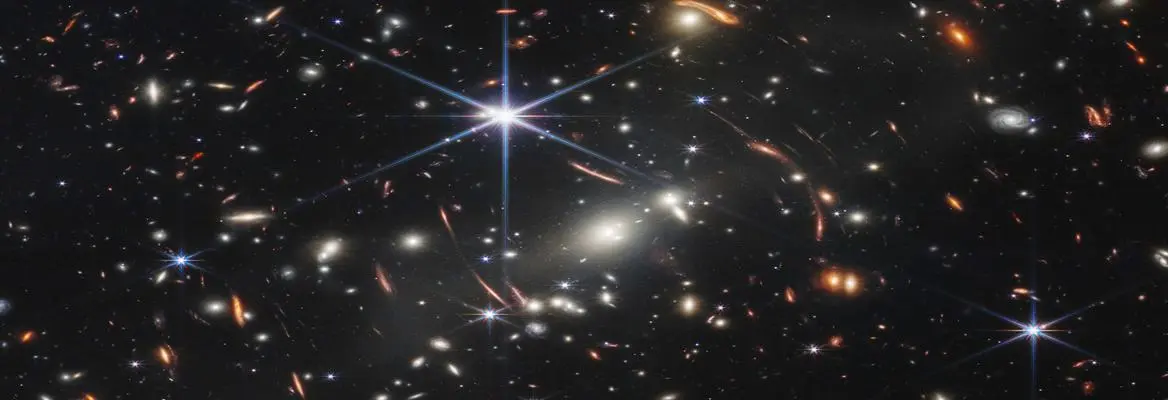



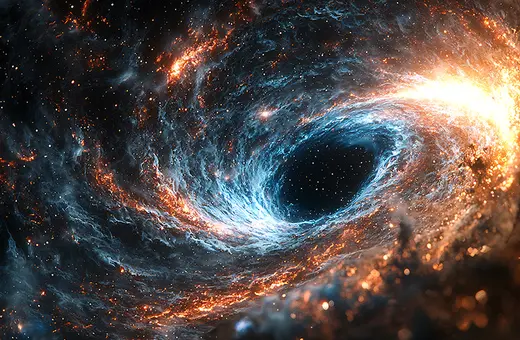
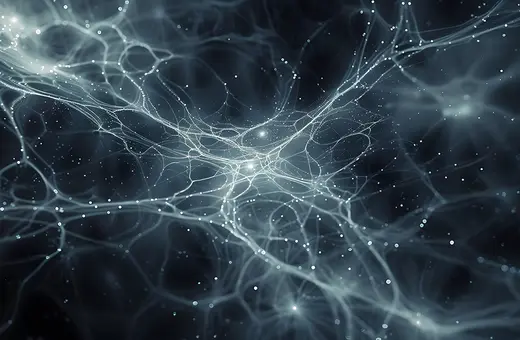
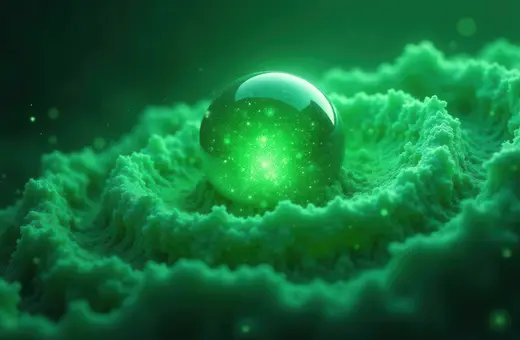
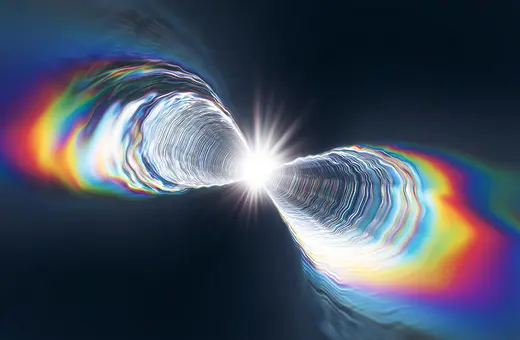
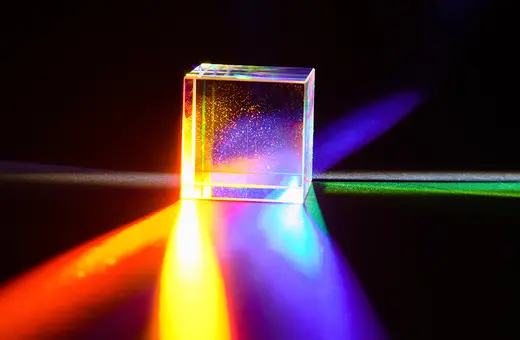
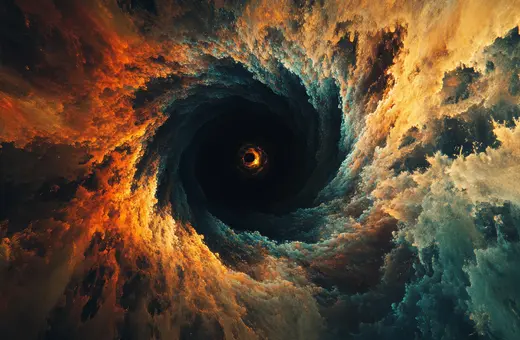
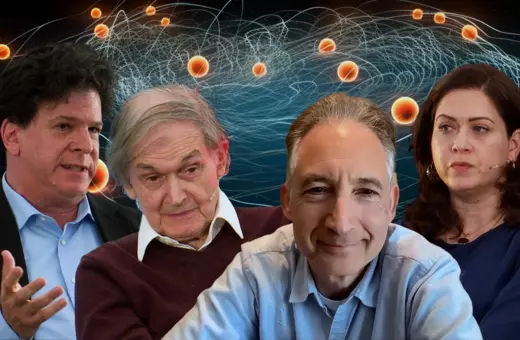

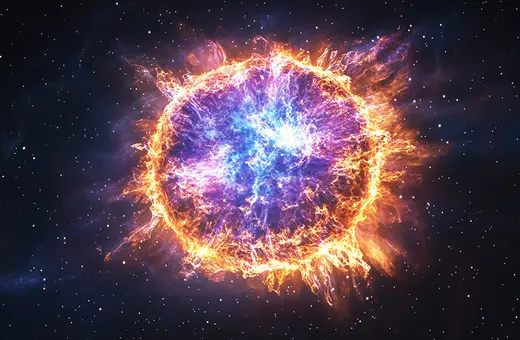

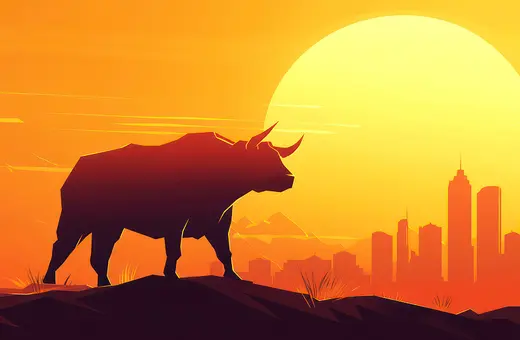
Join the conversation